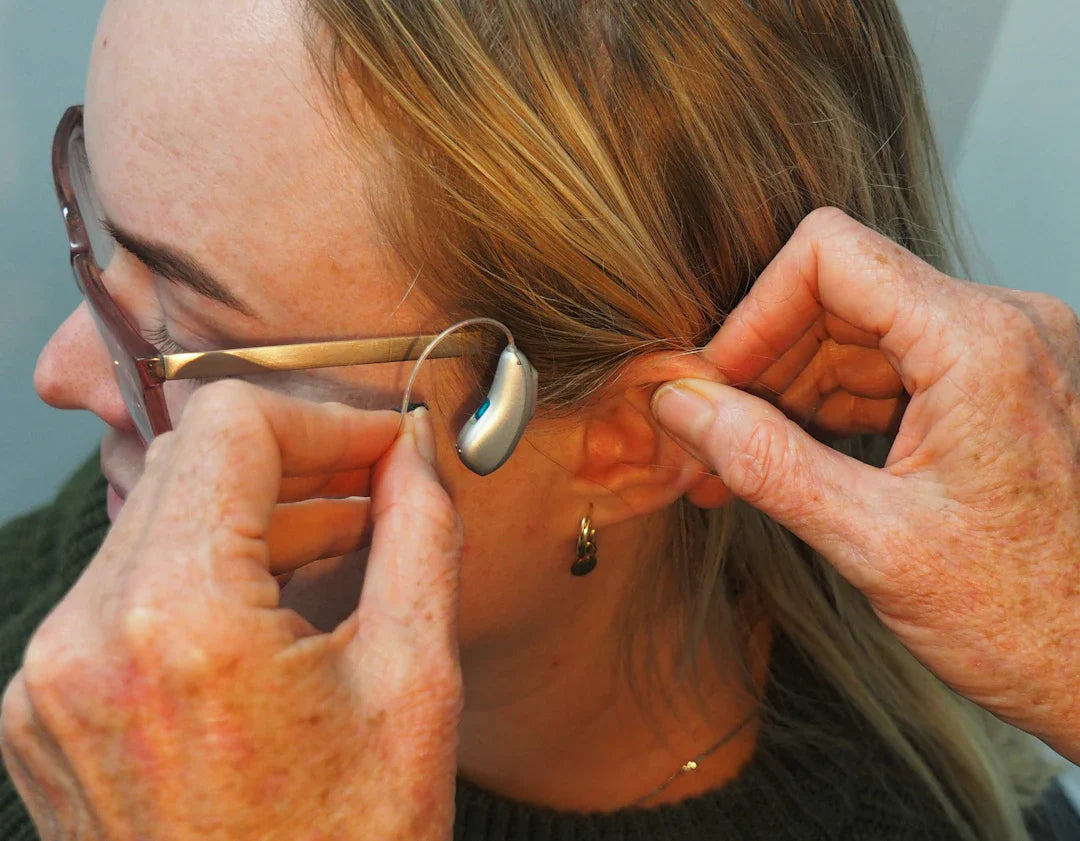Communicating with hearing-impaired individuals requires a level of understanding and patience to ensure effective interaction. Whether you are a family member, friend, healthcare professional, or simply someone who wants to improve communication, these tips can help bridge the gap and foster meaningful connections.
1. Maintain Eye Contact
When speaking to someone who is hearing-impaired, it is important to maintain eye contact. By doing so, you allow the individual to observe your facial expressions and body language, which can provide additional cues to the conversation.
2. Speak Clearly and Slowly
Enunciate your words clearly and avoid speaking too quickly. Pausing between sentences gives the individual time to process the information. Remember, yelling or over-articulating can distort your lip movements, making it harder for the individual to lip-read.
3. Reduce Background Noise
Background noise can be distracting and make it more difficult for hearing-impaired individuals to focus on the conversation. Whenever possible, choose quiet environments for discussions to minimise distractions.
4. Use Visual Aids
Utilise visual aids such as writing notes, using gestures, or providing relevant materials to support the verbal communication. Visual cues can enhance understanding and ensure the message is conveyed clearly.
5. Seek Confirmation
Encourage the individual to nod or provide verbal feedback to confirm their understanding of the conversation. Asking open-ended questions can also help clarify any points that may have been misunderstood.
6. Be Patient and Supportive
Patience is key when communicating with hearing-impaired individuals. Give them the time they need to process information and express themselves. Offer support and reassurance throughout the interaction.
7. Learn Basic Sign Language
Consider learning basic sign language to improve communication with individuals who are deaf or hard of hearing. Simple signs for greetings, common phrases, and alphabet letters can enhance your ability to connect effectively.
8. Use Assistive Devices
Take advantage of assistive devices such as hearing aids, cochlear implants, or FM systems to facilitate communication. Familiarise yourself with the functions of these devices to ensure optimal communication.
9. Respect Personal Space
Respect the personal space of hearing-impaired individuals during conversations. Position yourself at eye level and maintain an appropriate distance to ensure they can see your lips and expressions clearly.
10. Educate Others
Spread awareness about effective communication strategies for hearing-impaired individuals. By educating others, you can create a more inclusive environment and promote understanding and empathy.
11. Offer Assistance with Earwax Removal
Excessive earwax can affect hearing and make communication challenging for individuals with hearing loss. Encourage regular ear hygiene and offer information or services related to earwax removal to improve hearing clarity.
12. Explore Hearing Aid Options
Explore a range of hearing aid options, including Phonak Hearing Aids, Widex Hearing Aids, Signia Hearing Aids, and GN Resound Hearing Aids. These advanced devices can significantly enhance the listening experience and improve communication for hearing-impaired individuals.
Enhancing Communication for All
Effective communication with hearing-impaired individuals is essential for creating an inclusive and supportive environment. By incorporating these tips into your interactions, you can foster better connections, understanding, and empathy. Remember, small adjustments in your communication approach can make a significant impact on the lives of those with hearing loss.




